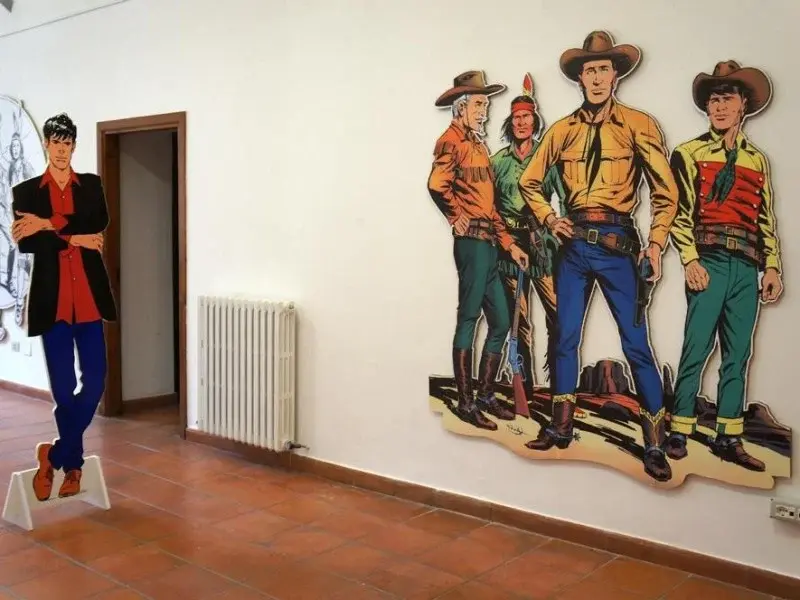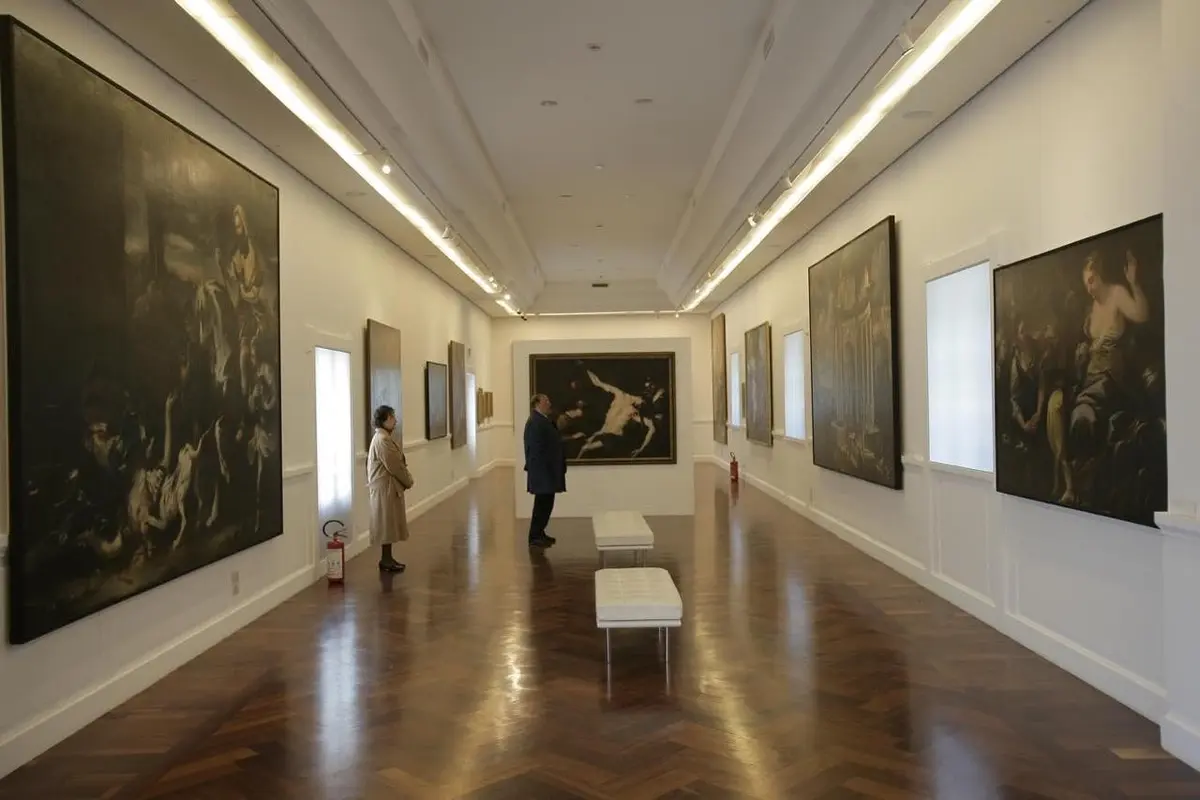Cathedral of Cosenza

Place of worship
Duomo di Cosenza - Regione Calabria
The Cathedral of Cosenza, in the heart of the city's historic centre along Corso Telesio, is one of Calabria's UNESCO World Heritage Sites in the category ‘’Heritage Witness to the Culture of Peace‘’.
The Cathedral of Cosenza, or the Cathedral of Santa Maria Assunta, in Cosenza, stands on the same site as an older church, dating back to the 11th century and destroyed by an earthquake in 1184. The consecration took place in 1222 in the presence of Emperor Frederick II of Swabia, who for the occasion brought as a gift the very precious reliquary cross, the work of goldsmiths from Palermo, known as the ‘’Stauroteca‘’, now on display in the Diocesan Museum.
On the outside, Cosenza Cathedral has a tripartite façade, corresponding to the subdivision of the interior naves, with four pillars separating three portals. The central portal is surmounted by a marvellous rose window, on which the attention of those who walk along the wide staircase connecting the church to the square in front of it converges.
The interior of the Cathedral of Santa Maria Assunta in Cosenza is enriched by Baroque side chapels (17th-18th century): the first is dedicated to the city's patron saint, the venerated Madonna del Pilerio. In the centre, there is a Byzantine icon of the ‘Galaktotrophousa’ type (Madonna suckling the Child) to whom the people of Cosenza have been devoted since 1576, the year of the plague quelled by her miraculous intervention.
The second chapel of Cosenza Cathedral, known as the ‘’Holy Sacrament‘’ chapel, belongs to the Confraternity of Oration and Death and houses the burial place of the Calabrian members of the famous ‘’Expedition of the Bandiera Brothers‘’ of 1844.
On the right aisle is the sarcophagus ‘’di Meleagro‘’, from the late antique period, containing human remains possibly belonging to Henry VII, son of Frederick II; in the transept, the Mausoleum of Isabella of Aragon, wife of Philip III of Anjou, who died in 1271.
The deep apse houses the high altar, in Neo-Romanesque style, and a valuable 15th-century wooden crucifix. Within niches supported by small columns are 19th-century polychrome frescoes by Domenico Morelli and Paolo Veltri. Also noteworthy is a Mascioni Pipe Organ from 2005.
Remains from early Christian and Roman times were found during renovation work.




